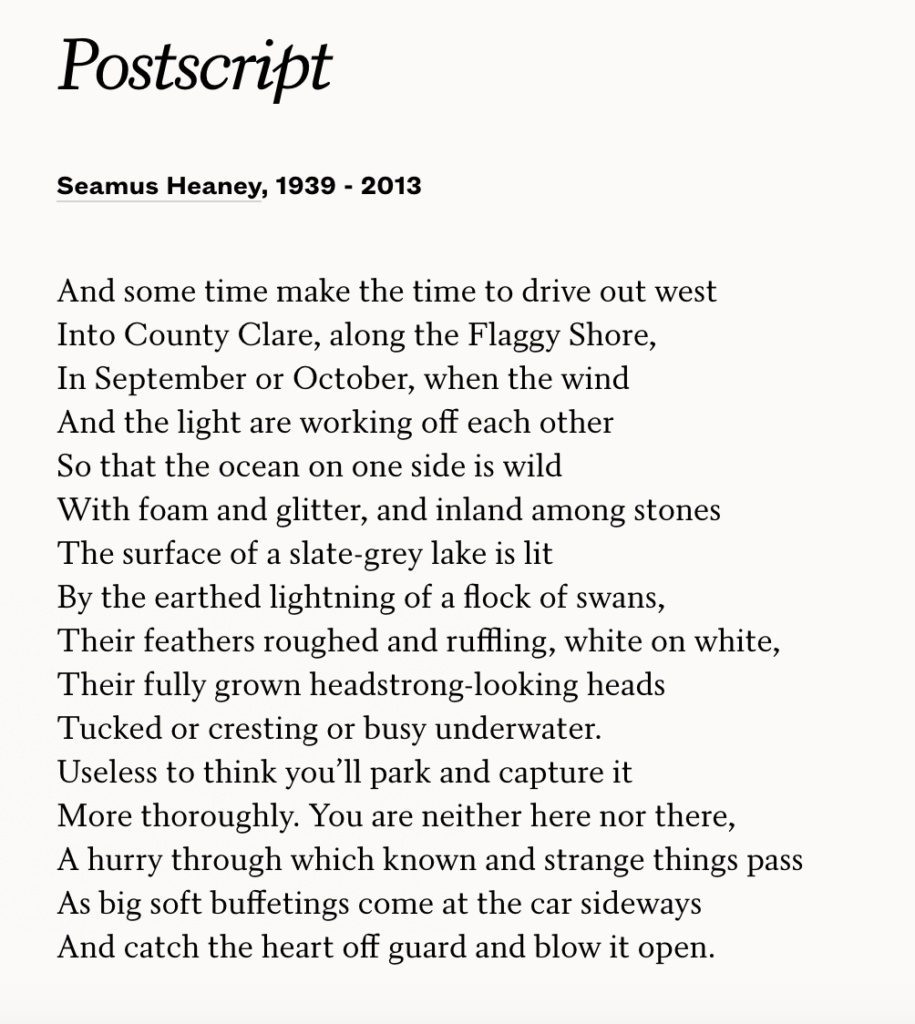Fascinating paper, “The autonomous vehicle parking problem” by Adam Millard-Ball. In it he: identifies and analyzes parking behavior of autonomous vehicles; uses a traffic simulation model to demonstrate how autonomous vehicles can implicitly coordinate to reduce the cost of cruising for parking, through self-generated congestion; discusses policy responses, including congestion pricing; and argues that congestion pricing should include both a time-based charge for occupying the public right-of-way, and a distance- or energy-based charge to internalizes other externalities.
The Abstract reads:
Autonomous vehicles (AVs) have no need to park close to their destination, or even to park at all. Instead, AVs can seek out free on-street parking, return home, or cruise (circle around). Because cruising is less costly at lower speeds, a game theoretic framework shows that AVs also have the incentive to implicitly coordinate with each other in order to generate congestion. Using a traffic microsimulation model and data from downtown San Francisco, this paper suggests that AVs could more than double vehicle travel to, from and within dense, urban cores. New vehicle trips are generated by a 90% reduction in effective parking costs, while existing trips become longer because of driving to more distant parking spaces and cruising. One potential policy response—subsidized peripheral parking—would likely exacerbate congestion through further reducing the cost of driving. Instead, this paper argues that the rise of AVs provides the opportunity and the imperative to implement congestion pricing in urban centers. Because the ability of AVs to cruise blurs the boundary between parking and travel, congestion pricing programs should include two complementary prices—a time-based charge for occupying the public right-of-way, whether parked or in motion, and a distance- or energy-based charge that internalizes other externalities from driving.
What this suggests is that society — in this case city authorities — should think of urban streets as analogous to radio spectrum. We auction rights to communications companies to operate on specific chinks of the radio spectrum. When autonomous vehicles arrive then those who operate them ought to be treated like radio spectrum users. The one tweak we’d need is that AV operators would be charged not only for the right to use a particular slice of the road ‘spectrum’ but also for the amount of use they make of it.

